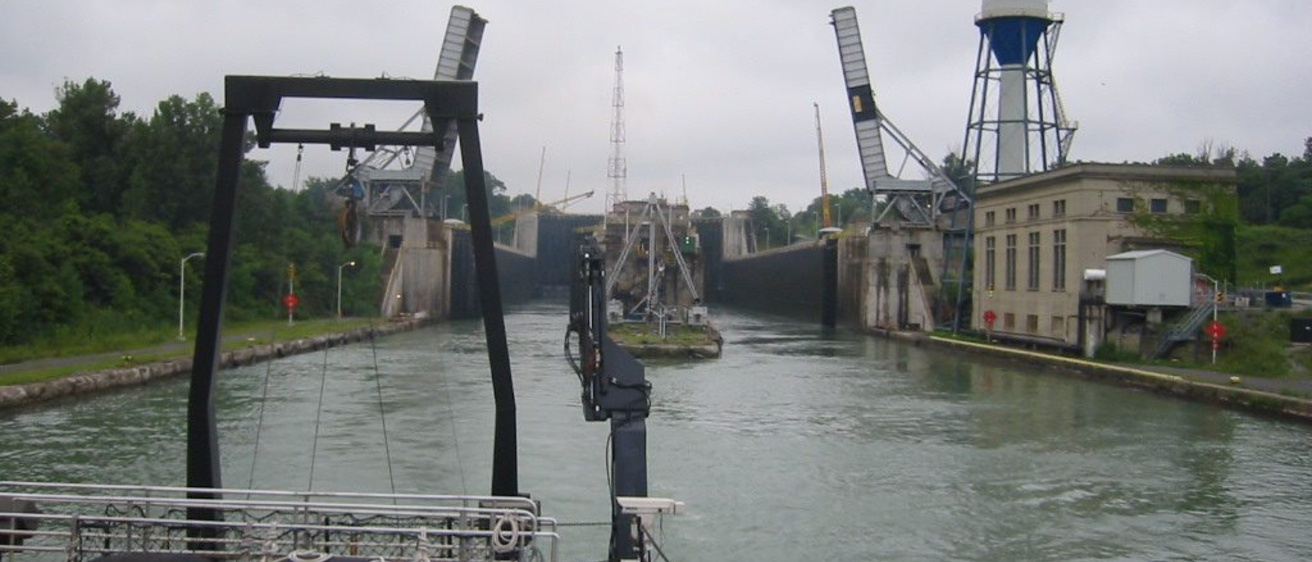Main navigation
Project 4: PCB emissions from contaminated water and soil
Goal
Understand PCB behavior in complex environmental systems, identify and quantify sources and emissions, and reduce exposure to PCBs for nearby populations
Objective
Identify mechanisms that can effectively characterize novel and tailored passive samplers that can effectively characterize emissions from two distinct airborne PCB sources: sediment dredging operations and contaminated soils.
Aims
- Investigate the exchange of PCBs between sediment/soil, water, and air compartments in a laboratory mesocosm.
- Identify emissions from PCB-contaminated sites.
2.1. Identify emissions from PCB-contaminated water systems during dredging operations
2.2. Characterize airborne emissions from PCB-contaminated soils.
Project Team
Project leader
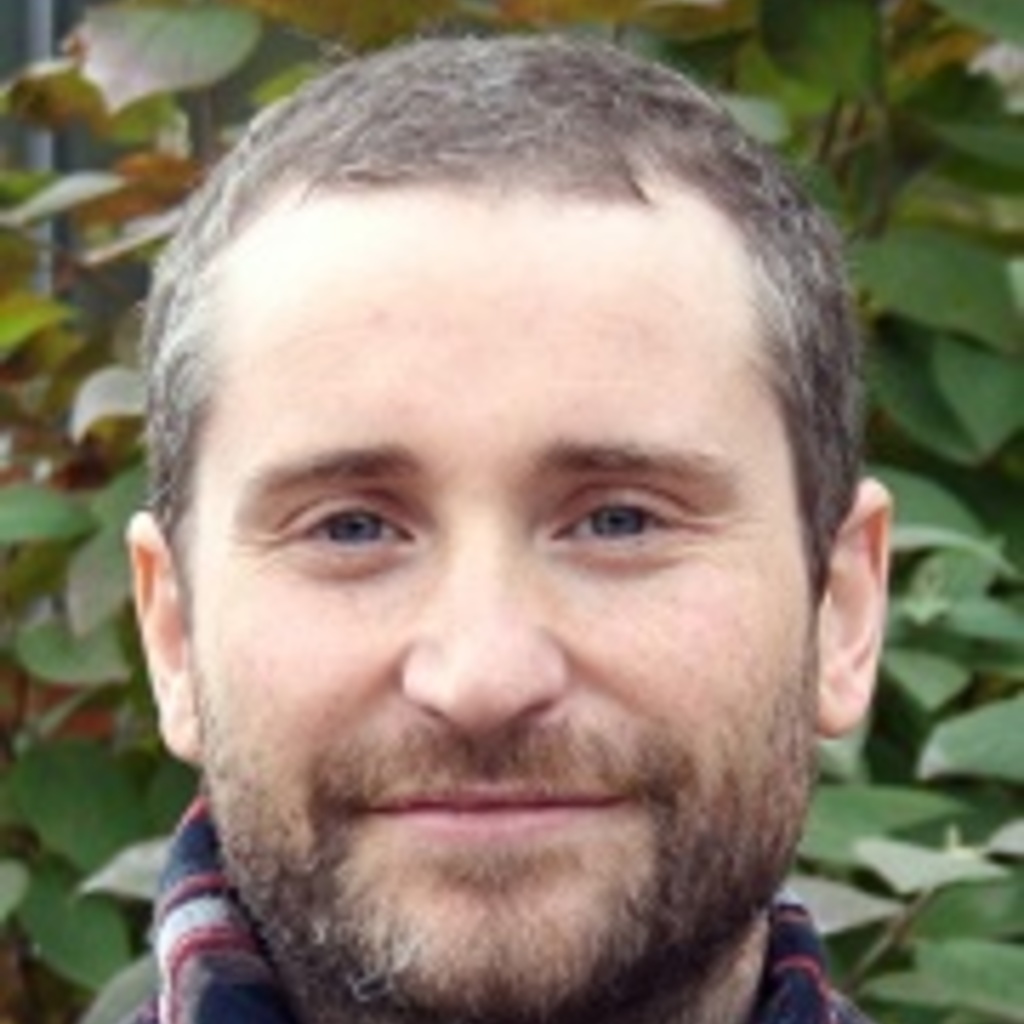
Andres Martinez, PhD
Title/Position
Project 4 Leader
Co-Investigator Project 3
Co-Investigator Project 5
Co-Investigator DMAC
Co-investigator

Pinned content, custom sorted.
Keri Hornbuckle, PhD
Title/Position
Director, Iowa Superfund Research Program
Leader, Project 3
Co-Investigator Project 4
Co-Investigator Analytical Core

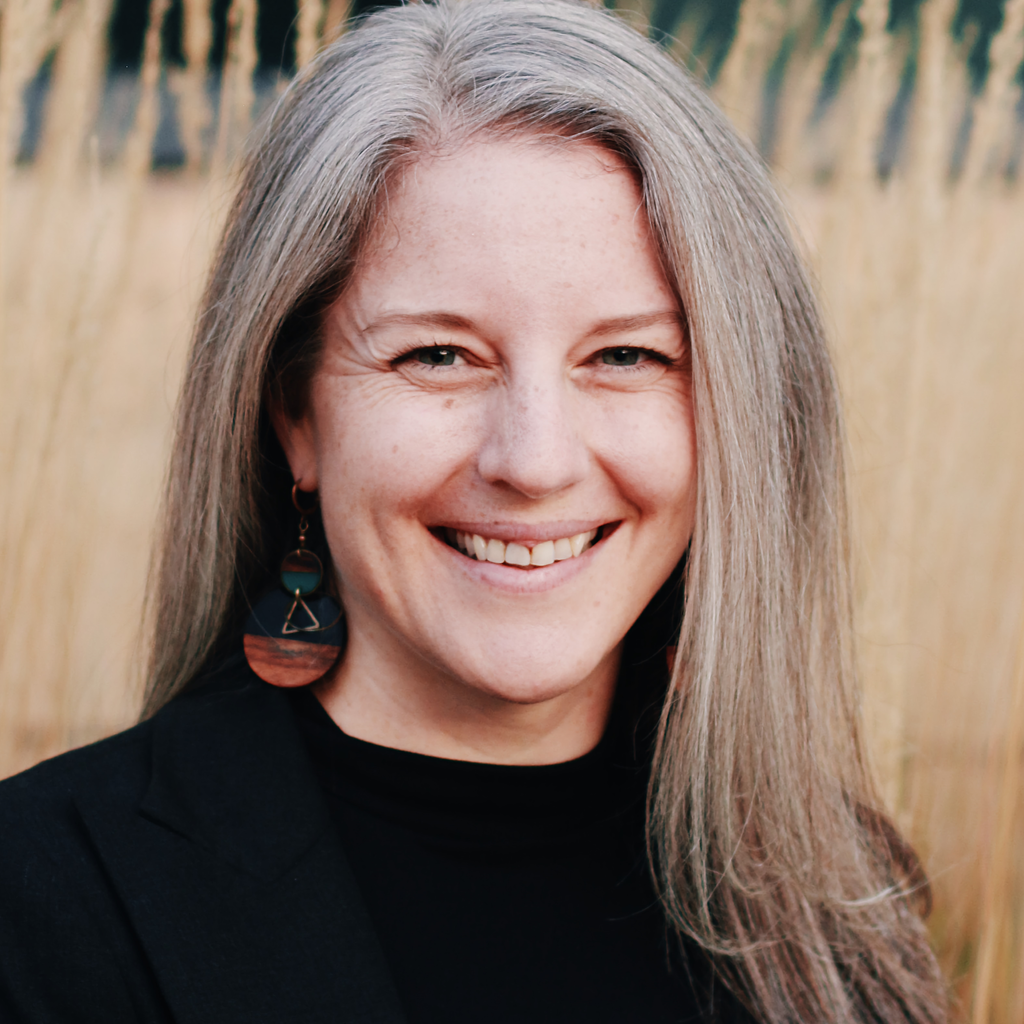
Shannon Lea Watkins, PhD
Title/Position
Community Engagement Director
Co-Investigator Project 3
Team members

Nervana Metwali
Title/Position
Research Manager
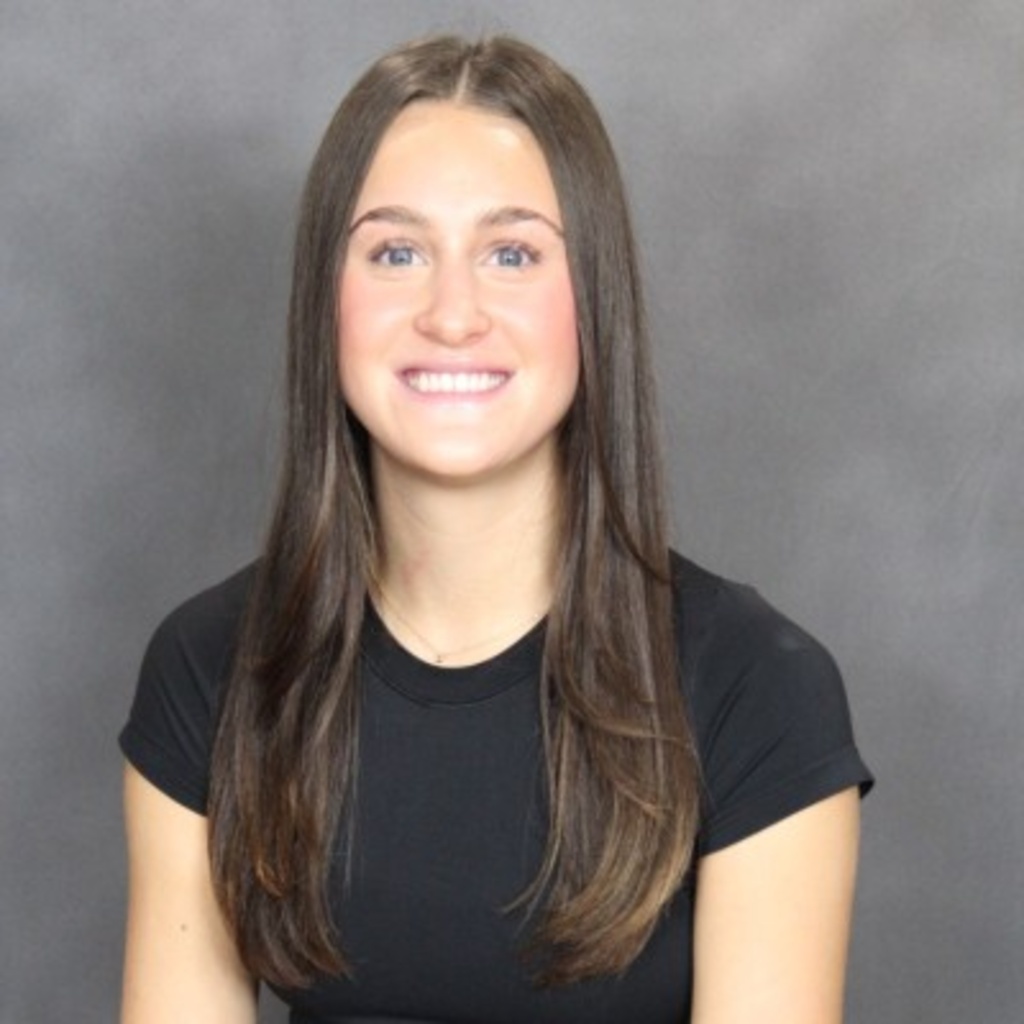
Mia Mowers
Title/Position
Trainee
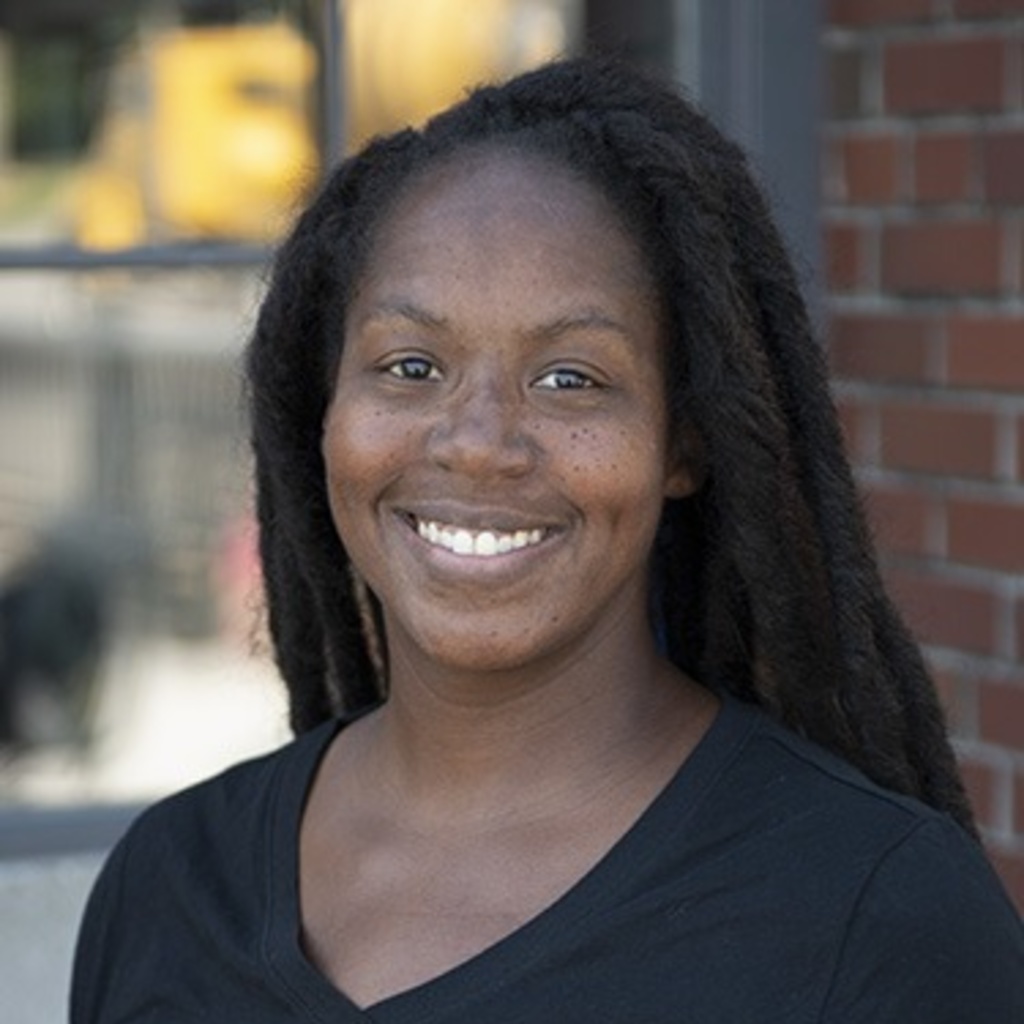
Alexis Slade
Title/Position
Trainee
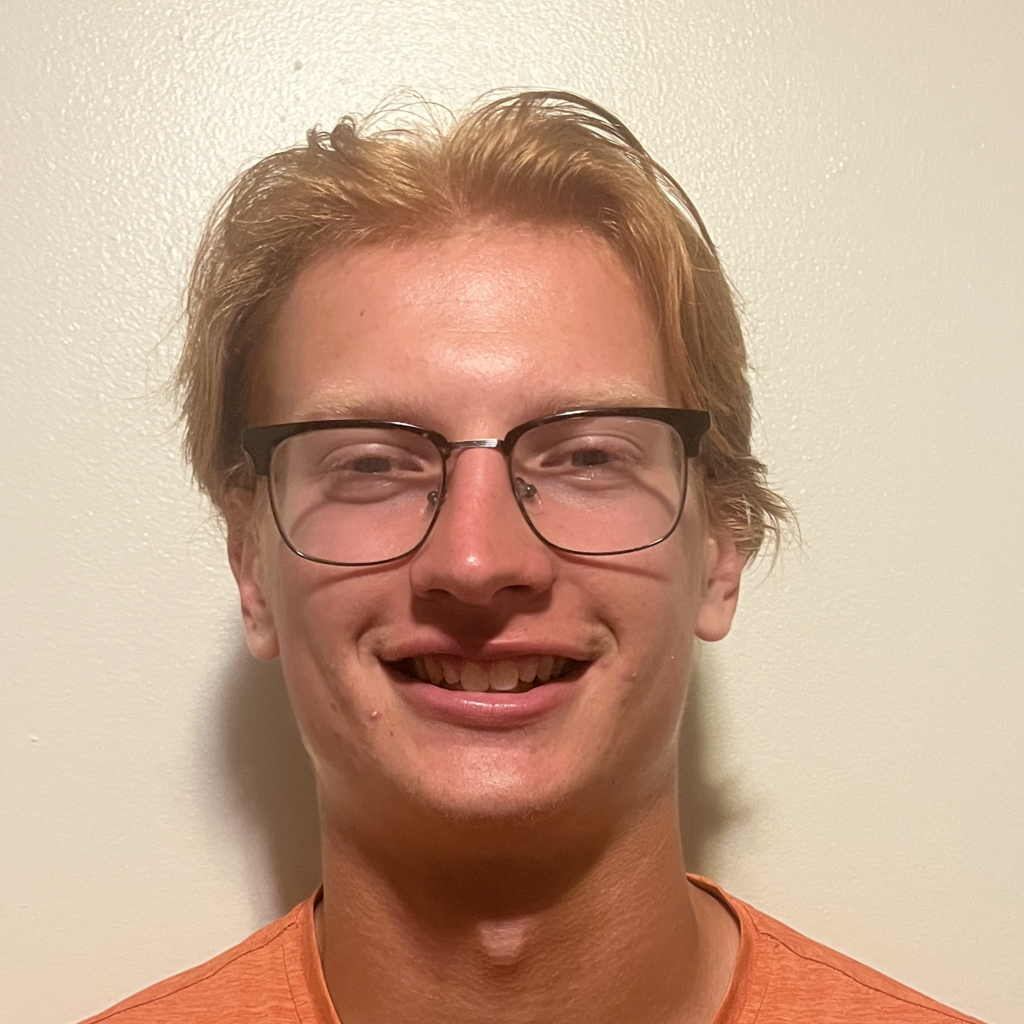
Mason Van Waning
Title/Position
Trainee
